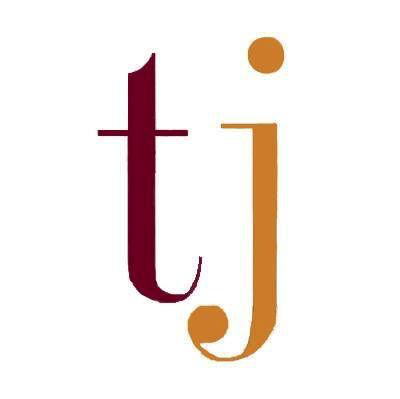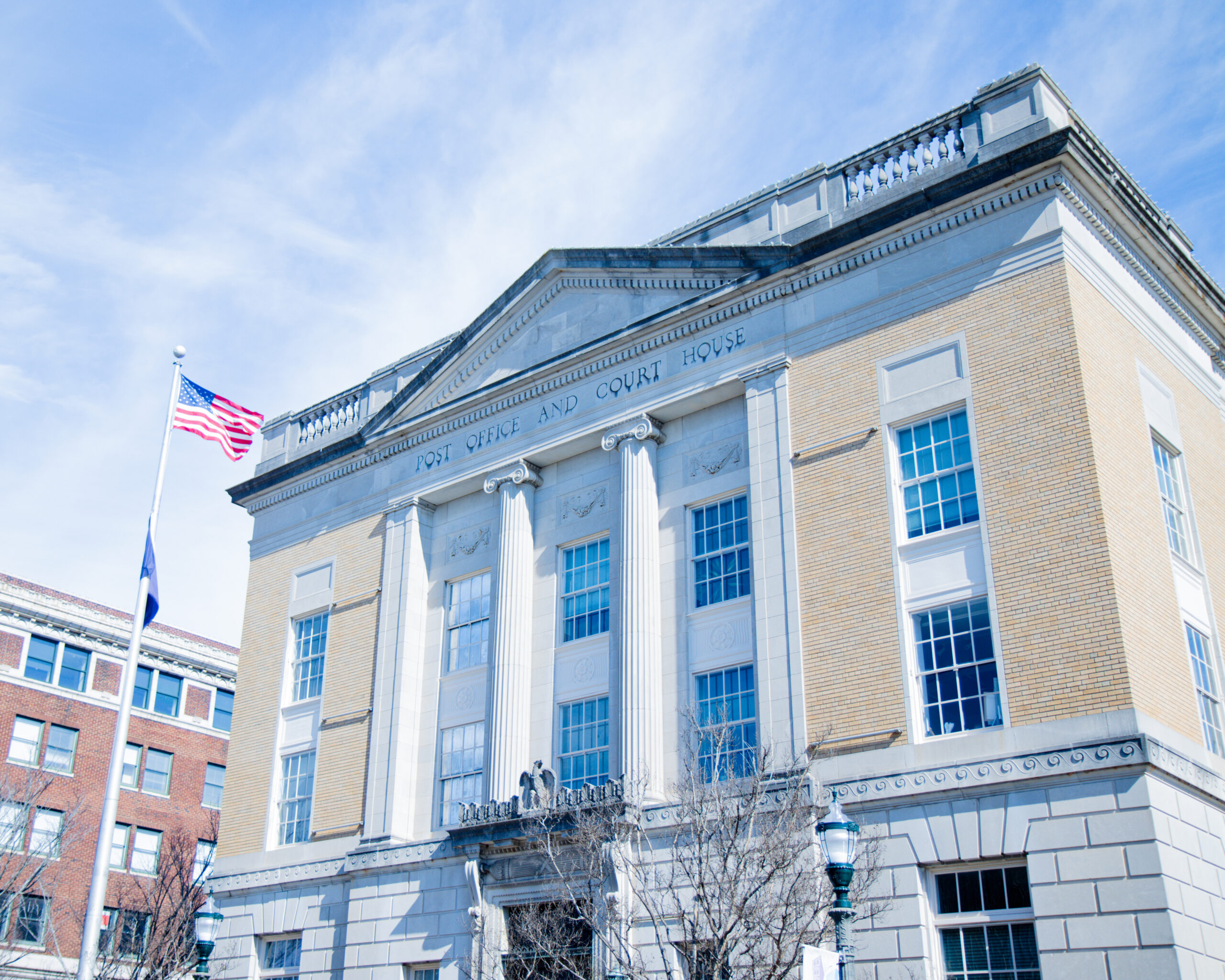While many Americans are likely familiar with the Underground Railroad that was active during the 19th century, far fewer are familiar with what has been dubbed the Reverse Underground Railroad.
Last week, Winthrop University hosted Richard Bell, a researcher and associate professor of history at the University of Maryland, to talk about his new book “Stolen: Five Free Boys Kidnapped into Slavery and Their Astonishing Odyssey Home.” According to Bell’s website, the book is about five black children who were kidnapped by a gang of slavers and taken off to be sold into slavery.
In an essay titled “Counterfeit Kin: Kidnappers of Color, the Reverse Underground Railroad, and the Origins of Practical Abolition” which was published in the Journal of the Early Republic, Bell elaborated on the definition of the Reverse Underground Railroad. He wrote that is a term he uses “advisedly, keenly aware of the important differences between the experiences of freedom-seekers exiting slavery and free persons enslaved and trafficked into it. Yet, the two migrations were in other ways comparable. Both trafficking networks were loosely organized, sporadic, ad hoc, and essentially opportunistic. Each made use of an everchanging roster of trusted allies to conceal black migrants in private homes, warehouses, stables, barns, cellars, and attics, and in various smaller outbuildings all hidden in plain sight. Participants in both networks relied on false documents, fake identities, and disguise, and undertook considerable legal and physical risk to travel undetected and undisturbed over vast distances.”
The boys who are the subject of “Stolen” were residing in the Northern United States when they were kidnapped. Although slavery in the U.S. was only practied in the South at that time, Northern cities such as Philadelphia were prime hunting ground for kidnappers due to the large population of African Americans, which included a large number of children.
Describing the experiences of Cornelius Sinclair and the other five kidnapped children, Bell said that “yesterday, all five boys had been free. But today, they were suddenly slaves. Prisoners of a gang of child snatchers, who planned to sell their lives and their labor, most likely to plantation owners in the deep, deep South.” He went on to say that there were “dozens” of African American children who “vanished in similar circumstances” in Philadelphia in 1825.
“In the early nineteenth century, the city, Philadelphia, was the hub of American slavery’s blackest market. Philadelphia’s gridded streets and its tangled alleys were hunting grounds for crews of professional kidnappers who made their livings turning free black kids like Cornelius into sudden slaves,” Bell said.
Bell said that the children were loaded onto ships just outside of the city after being kidnapped, and were then “warehoused” for a period of time in a “pair of safehouses down on the DelMarVa Peninsula.” After that, their “captors marched them halfway across this enormous continent to the Deep South, where they tried to sell all five boys for slaves.”
In an interview with The Johnsonian, assistant professor in Winthrop’s interdisciplinary studies department Margaret Gillikin said the story of the five boys who are the subject of Bell’s book challenges long-held ideas about the North and the South in the era of slavery in the U.S.
“His story also throws into question the understanding we’ve had [of the] ‘good North, bad South’ [and] the ‘free North, enslaved South,’” Gillikin said. “Because you had these people who were disappearing from the streets of Philadelphia and every major city in the North and the white people in power just looked the other way.”
The Reverse Underground Railroad is a subject that has not been extensively researched and information on African American children from the North who went missing is hard to come by. Gillikin said that the “fragments” of information that Bell had to work with while writing “Stolen” were “minute.”
Gillikin said that Bell initially became interested in the subject while working on a book on “suicide in the Early Republic.”
“He talked about how when he was working on that book, everybody he knew who knew he was working on suicide would send him accounts whenever they came across a suicide in their own research,” Gillikin said. “He got an account from somebody of this woman who had committed suicide — or [it] seemed that she had — in jail and he started doing some [research on the woman] and she was one of the kidnappers who is in [‘Stolen’].”
She said that Bell continued his research until he “found enough evidence to make an argument and to tell a story.”
During his presentation, Bell said that he would not give too much away in terms of the ending or the twists and turns of the lives of the five boys, but he described some of the events of the book which includes several events that are important in the history of the U.S.
“What I will say here is what did happen next to Cornelius Sinclair and these four other boys who met in the belly of that ship outside Philly — what did happen next was indeed astonishing. It was astonishing to them, it was astonishing to people that knew them and it was astonishing to me as I wrote this book and learned about it. What did happen next over the next two years would involve two murders, three exhumations of dead bodies from the earth, an escape, a recapture, a suicide, a race riot, a lawsuit, the nation’s first most wanted list and America’s largest manhunt so far,” Bell said.




